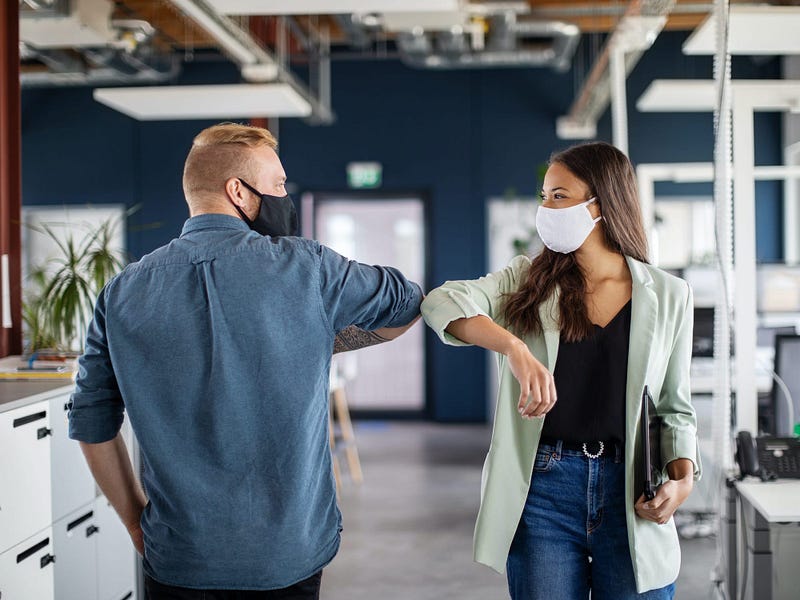The Unyielding Nature of Handshakes in a Post-Pandemic World
Written on
The Timeless Gesture of Handshakes
Handshakes have long served as a fundamental form of human communication, operating on a subconscious level, according to neuroscientist Moran Cerf. He forecasts that this practice will persist well beyond the pandemic.

The Evolution of Handshakes
Q: Handshakes were once a standard gesture in professional settings. Will they fade into obscurity after the pandemic, and what might take their place? A: Experts are divided on the purpose of handshakes. Some historical perspectives suggest they originated as a way to demonstrate that one is unarmed by extending the dominant hand, typically the right hand for the majority of people. Other cultural viewpoints emphasize the human need for touch as a sign of goodwill, allowing a person to enter one's personal space upon introduction.

Chemosignaling Through Handshakes
A contemporary argument put forth by neuroscientists is that handshakes facilitate chemosignaling, enabling individuals to gauge their compatibility on a biochemical level. In simpler terms, when we shake hands, we blend our scents, which helps us assess if we align genetically or are trustworthy.
For instance, a study conducted by a colleague involved participants arriving at a lab for an experiment. The researcher greeted each participant with a handshake and instructed them to wait in a relaxed state. Unbeknownst to them, the handshake was part of the study itself. Observations revealed that, during the waiting period, many participants instinctively brought their right hand—used for the handshake—closer to their noses, essentially 'sniffing' the mix of scents from both parties. This action activates unconscious processes that might indicate potential compatibility.
The study included various controls, such as differing the experimenter's gender and participant sexual orientation, to see how these factors influenced the scent evaluation. They also tested the effects of wearing gloves and using the left hand for the handshake.
Why Chemosignaling Matters
The takeaway is that handshakes transcend mere business etiquette, serving as a silent form of communication—brain to brain. They convey trust, vulnerability, emotions, and interest in ways that directly engage our brains, influencing interpersonal interactions without the need for words.
Given these insights, I am confident that handshakes will make a strong comeback.
Moran Cerf is a professor of neuroscience and business at the Kellogg School of Management.
Chapter 2: The Science Behind Handshakes
This TEDx talk by Lara Boyd delves into how our brains adapt and change, emphasizing the importance of understanding our neurological connections.
Chapter 3: The Future of COVID Vaccination Strategies
In this TWiV Special, Paul Offit discusses the potential for a universal COVID vaccine, exploring the implications for future public health strategies.